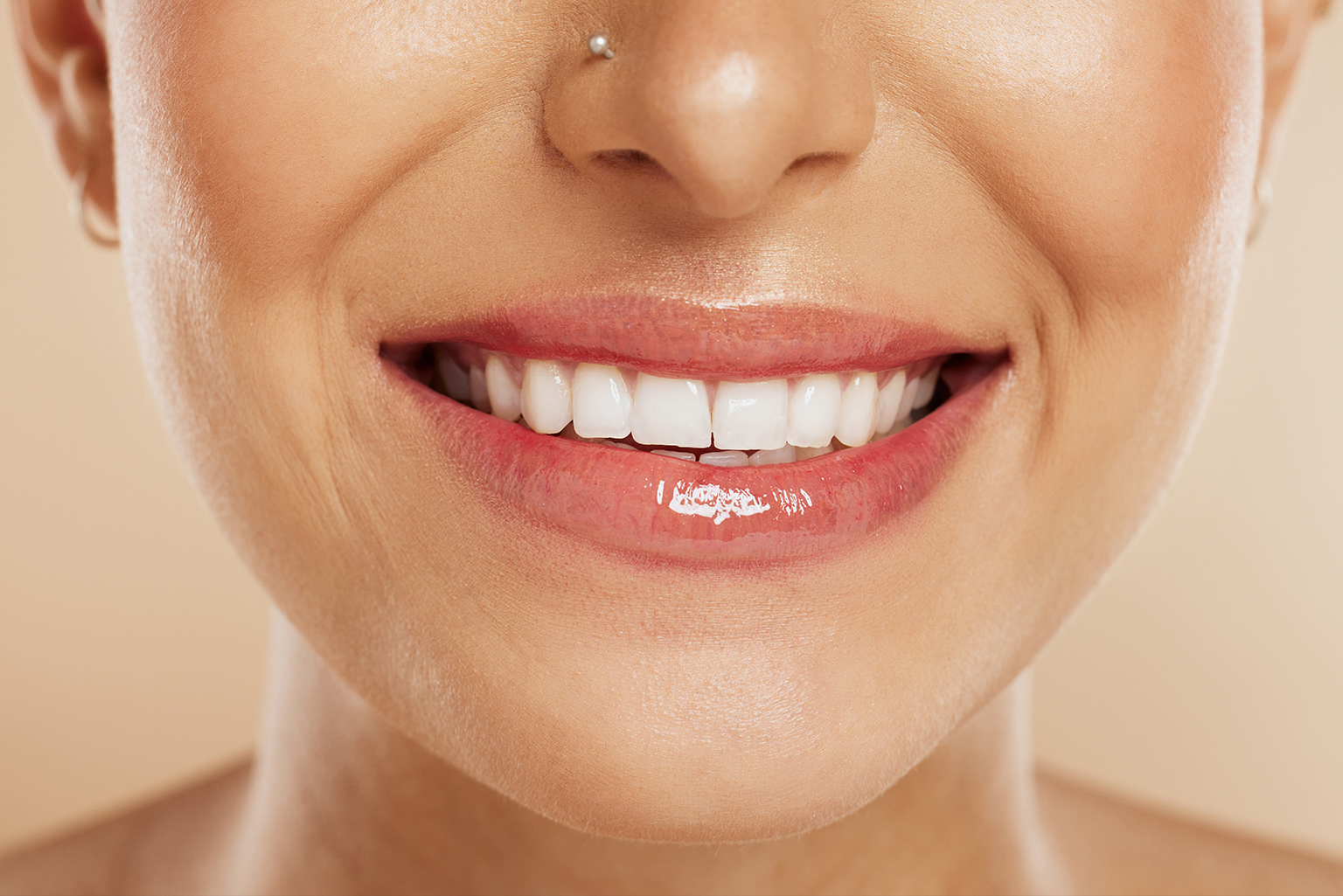The journey towards a flawless smile involves making dental choices that aren’t always clear-cut. For example, if smiling wide reveals chipped, gappy, or discolored teeth, you may be comparing treatment options like veneers vs. lumineers. But, how do you know which one is the right choice to achieve that perfectly bright, white, and glossy grin for yourself? In this guide, we’ll chat about these two treatments, compare their key differences, and lay out their pros and cons. The aim is to make it a little easier for you to figure out which option suits your needs best.
What Are Veneers vs. Lumineers: Practically The Same Thing? Not Quite.
Traditional Veneers
Think of dental veneers as thin, protective shells that cover your teeth. These are made from porcelain or composite resin that is permanently bonded to the front surface of your teeth to cover up the imperfections you don’t like. Veneers are durable, long-lasting, and stain-resistant but are also custom-fit to the shape, color, and size of your natural teeth.
Lumineers: An Ultra-Thin Twist on Veneers
Lumineers are a brand of ultra-thin veneers that are made from a special type of porcelain called Cerinate. They are similar to traditional veneers in how they function and what they look like but differ in that they are exceedingly thin (no larger than a contact lens) and require little to no prep. This means no drilling, shaving, or grinding down your teeth enamel beforehand, nor do you need any anesthesia shots. Lumineers can also be removed with minimal damage to the enamel, making them a reversible option for patients who want to enhance their smile without permanently altering their teeth.
6 Key Comparisons Between Veneers vs. Lumineers: From Material to Procedure & Cost
1. Hiding Dental Flaws: When comparing veneers vs. lumineers, both can effectively hide dental flaws such as stains, chips, cracks, gaps, or misshapen teeth. However, veneers are more versatile at covering up larger imperfections as they can be customized to match the shape, size, and color of your natural teeth. Lumineers are more translucent and thinner, so they have a harder time covering up severe discoloration or may not match the exact shade of your teeth.
2. Material Used: Porcelain veneers are typically made of high-quality ceramic porcelain that is about 0.5mm thick, while lumineers are made from porcelain Cerinate which is only 0.2mm thick. This makes lumineers more durable and resistant to chipping than veneers, but also less natural-looking and more prone to staining.
3. Prep & Application Process: When looking at veneers vs. lumineers, the application process is vastly different, in that veneers require meticulous prep and lumineers do not. For veneers, .2mm to .5mm of enamel is removed from the front of your teeth to ensure that the veneers bond well and to prevent your teeth from being overly bulky. With lumineers being so thin, they can be placed over your existing teeth without making them look unnatural.
4. Permanency: Since veneers require irreversible alteration of your natural teeth, they are considered permanent. You will always need to wear veneers or some form of restoration once your enamel is removed. Lumineers are semi-permanent as they can be removed, but doing so may damage the underlying tooth structure or cause tooth sensitivity.
5. Longevity: Veneers vs lumineers both have a lifespan of 10 to 20 years, depending on how well you take care of them. If veneers crack, chip, or wear down, they will need to be replaced, while lumineers need to be replaced if they detach or stain.
6. Cost: The cost of veneers vs. lumineers varies depending on the number of teeth involved, the location and experience of the dentist, and the quality of the materials used. Generally speaking, veneers will cost more per tooth as more alteration and prep work is involved than what’s needed for lumineers.
| Pros of Veneers | Cons of Veneers |
|---|---|
| Provide Natural & Flawless Appearance | Require Tooth Preparation |
| Durable, Long-lasting, & Stain Resistant | Irreversible Procedure |
| Can Correct a Variety of Dental Flaws | Higher Cost Compared to Lumineers |
| Customizable Shape & Shade | Temporary Tooth Sensitivity After the Procedure |
| Can Improve the Overall Aesthetics of the Smile | May Cause Gum Irritation |
| Pros of Lumineers | Cons of Lumineers |
|---|---|
| Minimal to No Tooth Prep Needed | May Not Effectively Cover Severe Dental Flaws |
| More Conservative Option – Preserves Natural Teeth | Thinner & Less Durable Than Veneers |
| Can Be Removed if Desired | Limited Customization |
| Less Invasive | May Not Match Natural Teeth Shade Exactly |
When deciding on the right choice for your smile, veneers are recommended if you have severe damage or decay as lumineers cannot cover up extensive flaws or provide enough support for weakened teeth. For those with narrow or small teeth, veneers can also add more volume and dimension to your smile, while lumineers are great if you don’t need the shape of your teeth altered and would prefer a non-permanent or non-invasive treatment option.
Have Questions?
Our team here at Spring Haven Dental can assess your specific needs and provide you with a personalized recommendation. Schedule a consultation with us today, and take the first step towards achieving your dream smile. You can also give us a call at (813) 448-6885 or visit our website here.






